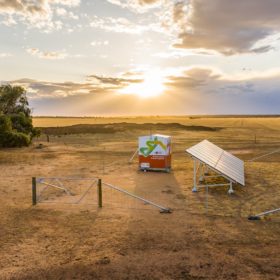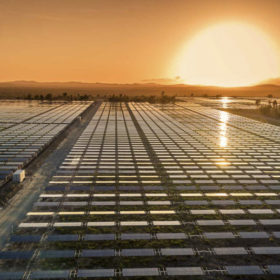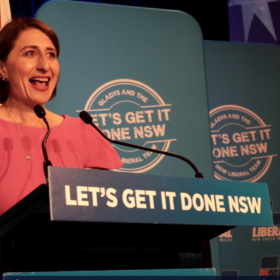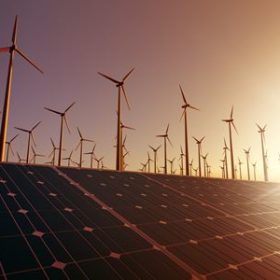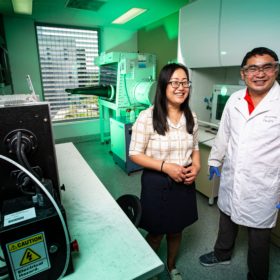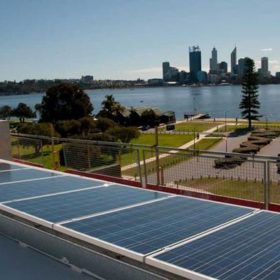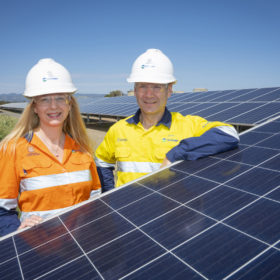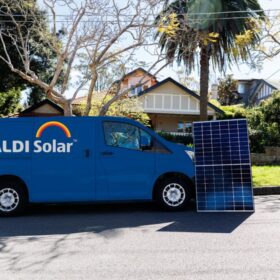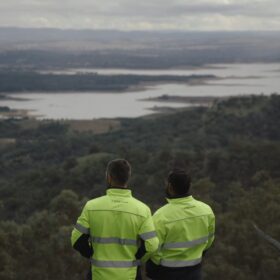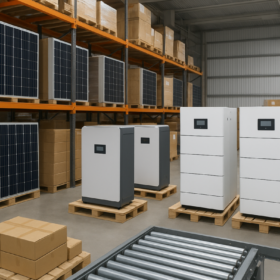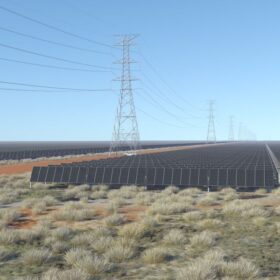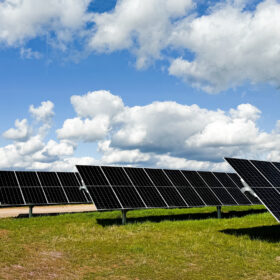Western Power delivers first community SPS
The Nowanup property is a keystone in south-west Western Australia’s biodiversity regeneration, and now, with the installation of a stand-alone power system (SPS) from Western Power, the spur of the line property is no longer subject to routine outages from storm and bushfire interruptions. With self-sufficiency, Curtin University can now expand its Bush Campus into the property to better facilitate Noongar education.
AEMC gives energy businesses extra three months breathing space before major market reform
The Australian Energy Market Commission (AEMC) has decided to give energy businesses an extra three months to prepare the IT overhaul necessary for the five-minute settlement market reform. The decision comes in response to concerns that the unprecedented impacts of Covid-19 necessitated extra breathing space.
QLD attracts United Green “majority” stake investment in Rodds Bay Solar Farm despite “wet blanket” federal policy
A “majority” stake of the 300 MW shovel-ready Rodds Bay Solar Farm in Queensland has been purchased by UK investment firm United Green. The announcement comes as state government energy ministers come together to reinforce their renewable energy ambitions in this time of economic recovery, despite “the difficulty” of the federal policy vacuum.
New research warns of significant gap to be bridged from NSW’s retiring coal
New research from Cornwall Insight Australia suggests that the transition to renewable energies in New South Wales needs to pick up the pace quick-smart if it is going to cover the soon-to-be-revealed gap made by retiring coal generators.
Clear strategy at state level boosts investor confidence
The Clean Energy Council’s latest “Clean Energy Outlook – Confidence Index” shows growing investor confidence nationwide despite the continuance of federal policy ambiguity and the economic impact of Covid-19. Investors and executives singled out NSW in particular as being among the most attractive states for renewable investment thanks to its positive statements and clear strategy.
Defence Force to secure headquarters with solar array
The Australian Defence Force is set to install a 1.9MW solar array at its Headquarters of Joint Operations Command outside Canberra. The General John Baker Complex is being expanded to cater to the growing needs of cyber and space operations and as such requires the energy resilience provided by solar PV.
Deakin University set to steward new energy storage Research Hub
A New Safe and Reliable Energy Storage and Conversion Technologies Research Hub is one of five grant recipients of the Australian Research Council’s funding for Industrial Transformation. The Hub will seek to develop new technologies in energy storage to eliminate the risk of fire, as well as addressing the environmental impact of current technologies.
Solar households can soon be charged for their exports
In its annual State of the Energy Market report, the Australian Energy Market Regulator has suggested that solar households should be asked to pay a network fee to be allowed to export energy to the grid.
“Australia’s last chance”: BZE publishes renewables powered Million Jobs Report
Every crisis is a crossroads, and Australia is certainly at a crossroads. This week, a host of climate, development and investment leaders are backing Beyond Zero Emission’s green scaffolded Million Jobs Plan of Covid-19 economic recovery.
SA Water’s solar splash undaunted by Covid-19, proposes more solar
Despite unprecedented economy-wide impacts brought on by the Covid-19 pandemic, SA Water’s planned $300 million solar and energy splash in 2020 has managed to stay on track. Not only do the utility’s ambitions for a zero energy cost future remain within reach, but the utility is already planning more solar.
